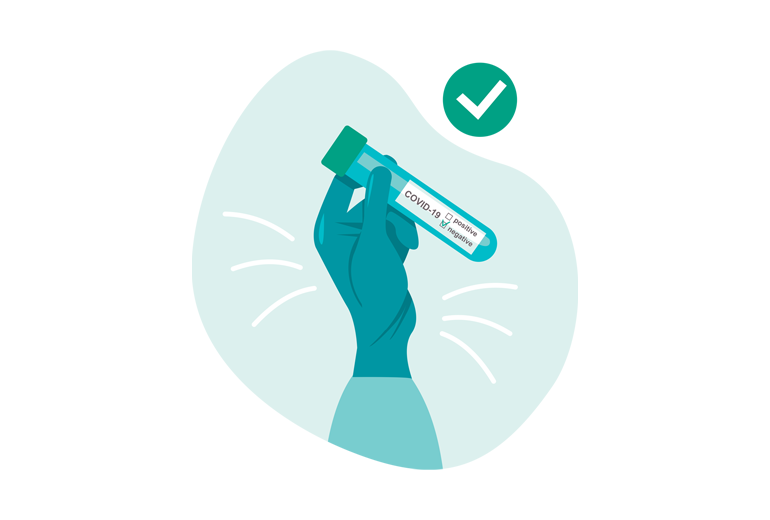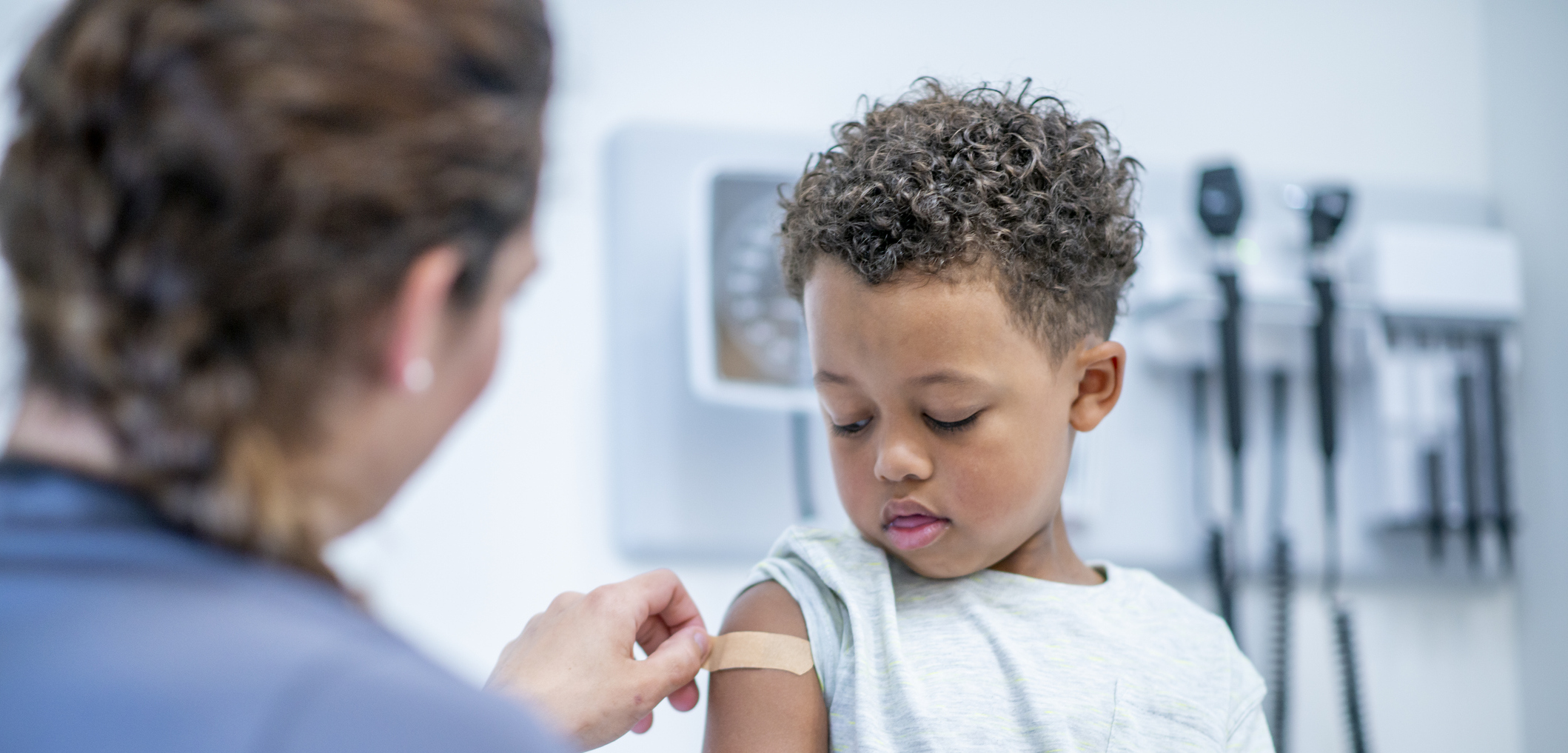If you spend a lot of time outdoors, as many of us North Floridians do, you’re probably familiar with ticks – tiny, blood-sucking bugs that can carry diseases. Deer ticks, also known as black-legged ticks, are particularly infamous, as they’re known to spread Lyme disease, a potentially devastating condition when passed on to humans and other animals.
While spring and summer mark peak tick season, the arachnids thrive in warm, wet conditions, so they can be found in Florida year-round. Most tick bites are relatively harmless when caught early. But if the tick that bites you happens to be carrying Lyme disease, the side effects can be devastating – and, in rare cases, even cause death – when left untreated.
As a family medicine physician in Tallahassee, I’ve cared for many patients who present to my office with what are or appear to be tick bites, some of whom have contracted Lyme disease.
Here’s what families need to know to treat Lyme disease quickly and to prevent infection in the first place.
What is Lyme Disease?
Lyme disease is a bacterial infection that can be transmitted to humans through the bite of an infected tick. It’s the most common infection passed to humans and other animals by blood-feeding bugs, like mosquitos, ticks and fleas.
If left untreated, Lyme disease can spread to your heart and nervous system, causing potentially life-threatening neurologic and cardiac problems. Early diagnosis and treatment of Lyme disease are critical to preventing these complications.
Symptoms of Lyme Disease
Lyme disease is most associated with the characteristic bullseye-shaped red rash that appears after being bitten by an infected tick. These bites can be easy to miss, however, because ticks often bite in dark body folds, like the groin, armpit, behind the ears or on the scalp. This rash will typically appear within one to two weeks after the tick bite.
Other symptoms common with Lyme disease include:
- Fever
- Fatigue
- Headache
- Neck and joint pain
- Muscle aches
- Difficulty swallowing
If you’ve been exposed to a tick and are experiencing any of these symptoms, it is important to see a doctor as soon as possible.
What to Do if You Spot a Tick Bite
If you find a tick attached to your or someone else’s skin, immediately remove it by following these steps from the Centers for Disease Control and Prevention.
- Thoroughly wash your hands.
- Use clean, fine-tipped tweezers to grasp the tick as close to the skin’s surface as possible.
- Pull upward with steady, even pressure. Don’t twist or jerk the tick; this can cause the mouth-parts to break off and remain in the skin. If this happens, remove the mouth-parts with tweezers. If you cannot remove the mouth easily with tweezers, leave it alone and let the skin heal.
- After removing the tick, thoroughly clean the bite area and your hands with rubbing alcohol or gentle soap and warm water.
- Never crush a tick with your fingers. Dispose of a live tick by:
- Putting it in alcohol,
- Placing it in a sealed bag/container,
- Wrapping it tightly in tape, or
- Flushing it down the toilet.
The CDC has an interactive tool to assist individuals on removing attached ticks and determining when to seek health care, if appropriate, after a tick bite. If you begin to experience any symptoms of Lyme disease, contact your healthcare provider to be evaluated as soon as possible.
How We Detect and Treat Lyme Disease
Lyme disease can be difficult to diagnose, given that many of the symptoms can be associated with other common conditions. If you think you might have Lyme disease, your healthcare provider will evaluate your symptoms, look at physical findings and learn more about any potential exposure to ticks. If Lyme disease is suspected, they will perform blood tests to officially diagnose the condition.
If you do have Lyme disease, you doctor will typically treat it with antibiotics. Be sure to finish your medication as prescribed, even if your symptoms go away. This will ensure all the bacteria are killed. If you have a more severe case of Lyme disease, your doctor may prescribe intravenous antibiotics, administered via injections.
There are a variety of effective treatments available for Lyme Disease, so it is important to seek medical attention from a qualified healthcare provider to find the best option for you.
In addition to your doctor’s guidance, you can take the following steps on your own to help yourself recover from Lyme disease.
- Rest
- Drink plenty of fluids
- Avoid smoking
- Eat healthy foods
- Exercise regularly
- Get adequate sleep
- Maintain good hygiene habits
If your symptoms progress despite treatment, do not hesitate to contact your healthcare provider.
Protect Yourself from Ticks
The best way to avoid Lyme disease is to prevent the tick bites that cause it. While there is no vaccine currently available for Lyme disease, clinical trials are under way to develop one. Until then, follow these tips to protect yourself and your family.
- Understand where to find ticks in your community and your own yard. Ticks like grassy, brushy and wooded areas, so take extra precautions when spending time in these spaces.
- Wear long-sleeved, light-colored clothing, with tightly woven fabric when going outdoors. I also recommend that you wear long pants and tuck them into boots or socks, whenever possible. This limits the amount of skin accessible to the ticks and makes it easier to spot them on your clothes.
- When exploring wooded areas, walk in the center of the trail or path, away from the brush. Whenever possible, stick to hard or paved paths.
- Use insect and tick repellents to protect your exposed skin. The Environmental Protection Agency (EPA) has a helpful search tool to help you find the best product to fit your unique needs.
- Once you’re back indoors, check your clothing and skin for ticks. Make sure to check your entire body, including your groin, ears, belly button, scalp, armpits, between toes, behind knees and in any skin folds. Examine children, pets and outdoor gear for ticks too.
- Shower as soon as possible after coming indoors. This can help wash away ticks that may be on the surface of your skin but are not yet attached.
As with many conditions, catching and treating Lyme disease early is key to minimizing side effects and reducing long-term consequences. If you have symptoms of Lyme disease or are still unsure about how to care for a tick bite, do not hesitate to contact your primary care doctor.
At TMH Physician Partners, we have 14 primary care offices across eight counties, offering our community expert, comprehensive care through every stage of life. To learn more or to request an appointment at one of our primary care offices, visit TMH.ORG/PrimaryCare.
To receive more educational content like this, sign up for our Healthy Living newsletter.




